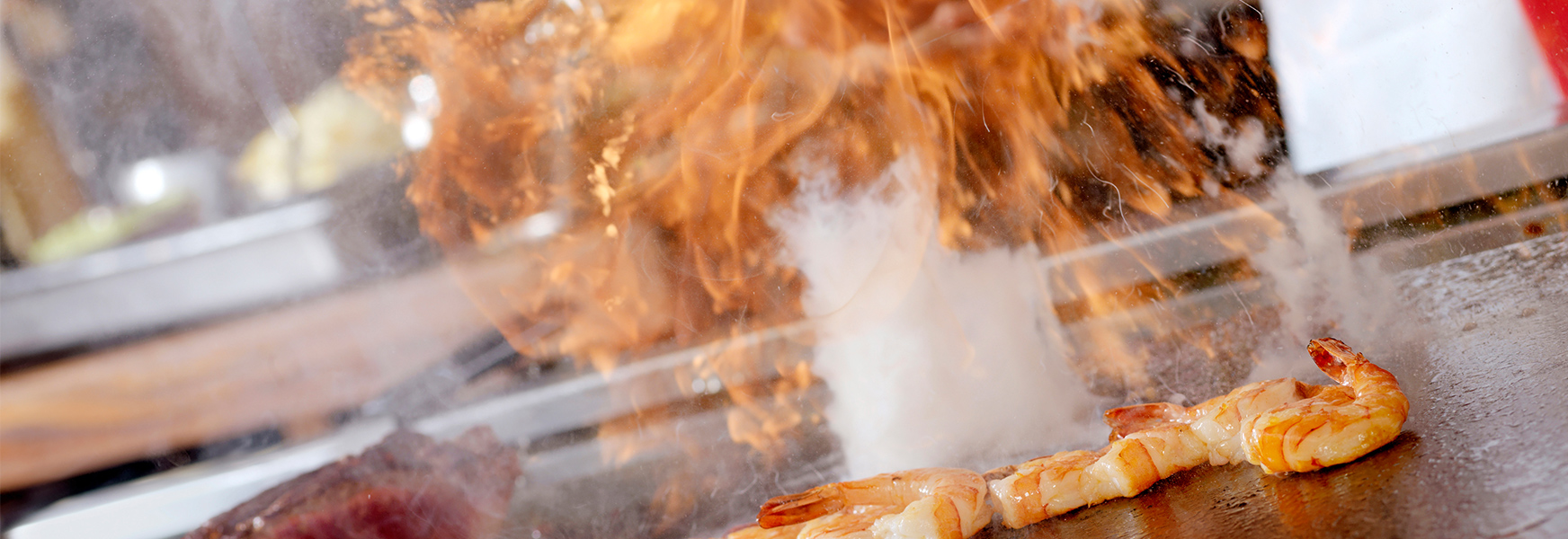Caught in the Line of Fire

Sitting at a hibachi table watching the teppanyaki chef go through the “throws” of his show, a hard-boiled egg unexpectedly rolls off the side of his spatula and plummets on a collision course trajectory into a saucer full of secret sauce better known as Yum Yum. Picture this (in “Nat Geo” slow motion), the egg steadily tumbles and violently strikes the stock-still saucer forcefully displacing the thick, creamy dip upwards and outwards splattering onto the plaid shirt, khaki pants, and graying noggin of an unsuspecting yours truly. Ugh, caught in the line of fire in a split second without notice - not so yum-yum! Oh well, nothing a shower and laundry can’t remedy. So, on with the fun at a full table of hungry diners with sake for some. But being caught in the line of fire, in a fragment of time, can have tragic consequences, beyond just having a “sake” day or evening.
“Line of fire” means, in broad terms, to be in harm’s way, which can apply to the hazards inherent with many work activities, particularly when moving objects are involved. The proverbial suspended grand piano letting go above a sidewalk pedestrian comes to mind as a classic, though cartoonish, example. More common and realistic examples of line of fire hazards in the workplace include the following:
- Getting jabbed in the hand that’s holding a small workpiece by a sharp or pointed tool such as a screwdriver or reaching into a machine’s point of operation without safeguard.
- Working on a steam pipe next to a pressure relief valve that suddenly releases steam or servicing an electrical panel that malfunctions and causes an arc flash.
- Starting a horizontal lathe after forgetting to remove the chuck key from the chuck with the rotational force ejecting the key directly in the path of the operator.
- Controlling traffic, as a flagger, standing too close to the side of a vehicle parked on the shoulder of the road with a distracted driver veering off course.
- Providing bedside care alongside a patient that becomes confused and combative upon waking up from general anesthesia.
These descriptions illustrate the three main mechanisms of injury associated with line of fire hazards: struck-by, caught-in or between, and release of stored energy. Performing a hazard analysis to examine each of the component work tasks of a job is a vital step in fleshing out these hazards. Once recognized, elimination of the specific hazard or mitigation through engineering controls is key to avoiding line of fire incidents. Where elimination or engineering controls are impractical, use of personal protective equipment, as the last line of defense, needs to be mandated and enforced.
For more information on job safety analysis and related topics, check out the MEMIC Safety Net Blog and select Safety Programs under the Safety Topic menu.
The next time I dine at a Hibachi steakhouse, I think I’ll wear a bouffant cap, face shield, and rain gear.
By Greg LaRochelle

